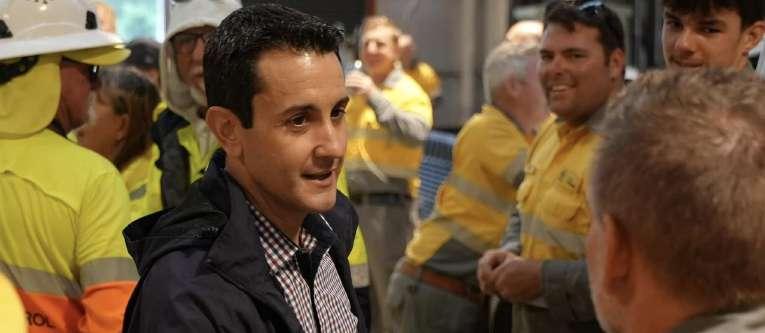
3 minute read
Scientific temper: A shield against misinformation during cyclone Alfred
Brisbane, March 13 (Australia India News Newsdesk)
As cyclone Alfred wreaks havoc across Queensland, a secondary crisis has emerged: the rapid spread of conspiracy theories on social media. From claims that the cyclone was artificially created to suggestions that government agencies are manipulating weather patterns, misinformation has clouded public understanding of natural disasters. However, experts stress that a strong scientific temper—rooted in education, public awareness, and factual communication—can help communities navigate such crises effectively.

In the digital age, misinformation spreads faster than ever, and natural disasters provide fertile ground for baseless theories.
Following Cyclone Alfred, some social media users falsely claimed that the storm was engineered through cloud seeding or HAARP technology. These assertions, amplified by influencers seeking engagement, mislead the public and divert attention from genuine disaster preparedness measures.
Reports from SBS News and AAP FactCheck have debunked these theories, emphasizing that cyclones are well-documented meteorological phenomena driven by natural atmospheric conditions. Experts at the Bureau of Meteorology (BoM) reiterated that no scientific evidence supports claims of artificial weather manipulation.
The role of scientific temper in crisis response A society that values science and critical thinking is less susceptible to misinformation. Education plays a crucial role in fostering scientific temper by equipping individuals with the ability to distinguish between fact and fiction. When people understand meteorology and the mechanics of extreme weather events, they are less likely to believe unfounded claims.
Public awareness campaigns also serve as a defense against misinformation. Authorities and experts must proactively engage with communities, explaining the science behind cyclones and emergency response strategies. Clear, transparent communication from meteorological agencies and government bodies can build trust and ensure that people rely on verified information rather than conspiracy theories.
According to The Australian, misinformation during disasters can delay evacuations and emergency responses, making it imperative to counter false narratives swiftly. Governments and scientific institutions must work together to improve science literacy and encourage public engagement with accurate sources.
Energex and the importance of rational thinking The spread of misinformation has also led to misplaced frustration, with some criticizing Energex for power restoration delays. However, the reality is that Cyclone Alfred severely damaged infrastructure, bringing down hundreds of power lines.
Restoration efforts require time and must be conducted safely to prevent further hazards.
As ABC News reported, Energex crews have been working around the clock under dangerous conditions to restore services, with priority given to critical infrastructure and high-risk areas. Uninformed criticism not only undermines these efforts but also distracts from the real challenges of rebuilding after a disaster.
Cyclone Alfred has underscored the importance of scientific temper in times of crisis. A well-informed public, supported by education and proactive communication, is better equipped to handle natural disasters without falling prey to conspiracy theories. By fostering a culture of rational thinking and scientific awareness, society can respond to crises more effectively and ensure that disaster preparedness remains rooted in facts rather than fear.










